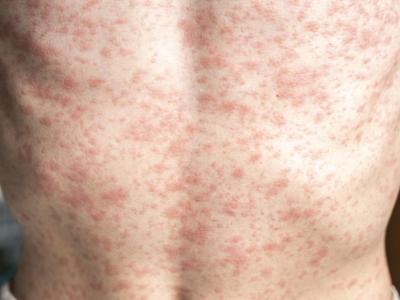Seven H7N9 cases, four fatal, reported in China
Hong Kong's Centre for Health Protection (CHP) today announced seven more H7N9 avian influenza infections—four of them fatal—in three different provinces on China's mainland. In a statement it said four patients are from Xinjiang, two are from Zhejiang, and one is from Jiangsu.
Three people from Xinjiang province died from their infections, and a fourth fatal case was reported from Jiangsu. Two of the people are still hospitalized in serious condition, while one had a mild infection and wasn't hospitalized. Five are men and two are women, and ages range from 36 to 81.
FluTrackers, an infectious disease news message board, has kept an ongoing case list since the first human H7N9 infections emerged in China in early 2013. It said six of the cases appear to be new and that the case-patient from Jiangsu province is probably a 75-year-old man whose illness was originally reported in late November. It said the infections push the global H7N9 count to 470 cases.
Dec 22 CHP statement
Dec 22 FluTrackers thread
FluTrackers H7N9 case list
ECDC warns of potentially tough, H3N2-dominant flu season
European Union health officials warned today that Europe, like the United States, may face a difficult flu season this winter because A/H3N2 viruses are dominant and many of them are not well-matched to this year's vaccine.
In a rapid risk assessment, the European Centre for Disease Prevention and Control (ECDC) said most flu isolates during the first 10 weeks of the season have been H3N2 viruses, which tend to cause more severe illness than A/H1N1 and influenza B viruses do.
The agency said few H3N2 isolates have been analyzed so far this season in the European Union and most of the characterizations have been genetic rather than antigenic, but the tests suggest that the H3N2 viruses will be antigenically different from the H3N2 strain in the vaccine. Specifically, 50 of 76 H3N2 isolates (66%) tested are in genetic groups containing viruses that show antigenic drift from the vaccine, the agency said.
Early indications are that the circulating 2009 H1N1 viruses are similar to the vaccine virus, while too few type B viruses have been characterized to assess their match with the vaccine, the ECDC said.
The agency also said the circulating viruses are susceptible to the antivirals oseltamivir and zanamivir and that physicians should consider using them to treat flu patients and provide postexposure prophylaxis for patients in high-risk groups.
In the United States, about 69% of circulating H3N2 viruses characterized so far have been antigenically different from the vaccine virus, the US Centers for Disease Control and Prevention said last week. However, some flu experts say the vaccine match does not correlate very strongly with vaccine effectiveness or lack thereof.
Dec 22 ECDC risk assessment
Related Dec 5 CIDRAP News story










